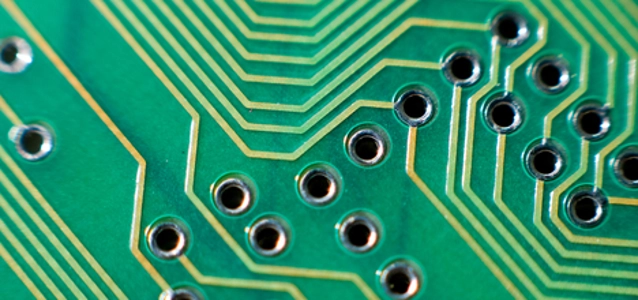
© alexander podshivalov dreamstime.com
Electronics Production |
Automotive magnetic sensor market stays in high gear in 2012
Playing a key role in government-mandated automotive safety systems including stability control and tire-pressure monitoring, magnetic sensors are in high demand in the car business, driving a third straight year of double-digit expansion in 2012.
Revenue in 2012 for semiconductor magnetic sensors in the automotive space is forecast to reach $812.2 million, up 11 percent from $731.3 million last year, according to an IHS iSuppli Magnetic Sensor Report. This year’s expansion will be the third consecutive annual increase in the double digits, and next year’s revenues are projected to grow an estimated 9.5 percent.
Growth after 2013 will then moderate to the single digits in the 6 and 7 percent range, with revenue to hit $1.1 billion by 2016.
“Magnetic sensors’ remarkable three-year run of double-digit growth in automotive is being helped considerably by the key role these devices play in vehicle safety systems required by mandates,” said Richard Dixon, Ph.D., principal analyst for MEMS & sensors at IHS. “The mandates helped propel the sensors to rapid growth during the past several years, especially because they were being enforced in the highly developed automotive markets of the United States, Canada, the European Union, Australia, South Korea and Japan. However, use of the sensors will reach their saturation point by the 2014-2015 time frame—which explains the slowing revenue growth for the years ahead.”
Sensors and sensibility
The magnetic sensor market consists of Hall-effect and magnetoresistive semiconductor integrated circuits (ICs) that are used to track rotational speed and linear angles in machines and devices, or to detect and process magnetic fields to establish positioning. Aside from the automotive space where their use is most prominent, the sensors are utilized to a smaller extent in the industrial/military/energy/medical sector, as well as in the data processing industry.
In the automotive arena, the sensors are used in electronic stability control (ESC) systems engineered to help prevent vehicle skidding, and are a potent driving force in consumption given the use of relatively expensive steering-wheel-angle sensors and at least four wheel-speed sensors. The sensors are also employed in tire-pressure monitoring systems (TPMS), where magnetic switches save battery life.
Other market drivers emerge
The automotive industry can look forward to new growth drivers moving forward. Although powertrain magnetic sensors are established, meeting carbon emission standards and requirements for reduced power consumption have cemented their role. Here, the sensors are needed as part of the trend toward electrification of all kinds of mechanically driven motors, including switches for the control of commutation in brushless DC motor varieties. Assisting in the market as older applications lose fizz are new sensor applications in electronic power steering or stop-start systems.
China goes car crazy
A major source of demand will come from China, projected to overtake Western Europe by 2016 as the second-largest global car market, just behind North America. Sales of magnetic sensors in China will reflect the country’s pre-eminent position in the worldwide automotive economy as China sells some 27.4 million vehicles by then—each of which will require ESC and TPMS electronic fitments.
Japan also continues to be an important consumer of the sensors, although on a much smaller scale, given its domestic consumption of just 5 million units last year. The Japanese automotive supply chain is back on track after devastating impacts from the March 2011 earthquake-tsunami disaster, followed by the heavy flooding in Thailand later in October that year.
Nonetheless, production has recovered within a surprisingly short period and new sources for parts have been found, limiting the overall impact of the twin calamities on the country’s automotive industry.
Hall of fame
Overall, Hall-type integrated-circuit sensors and switches remain the most prominent device in the automotive segment, accounting for close to nine out of 10 semiconductor magnetic sensors that are sold.
Applications for Hall ICs include wheel-speed sensing in anti-lock brake systems; acceleration pedals; electronic throttle valve position; crankshaft sensing; and exhaust gas recirculation. In addition, there are as many as 30 applications for simple switches in the body of the vehicle; Hall-effect sensors dominate in this low-cost switch category.
The most important suppliers of magnetic sensors at present are Allegro MicroSystems of Massachusetts, Infineon Technologies AG of Germany, Micronas of Switzerland, Melexis NV of Belgium, and NXP Semiconductors of the Netherlands.

